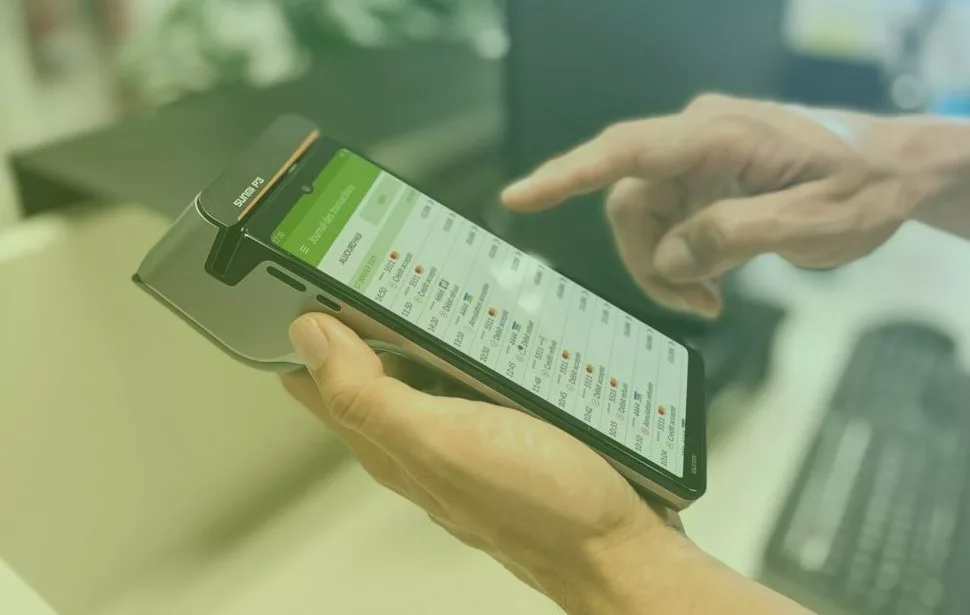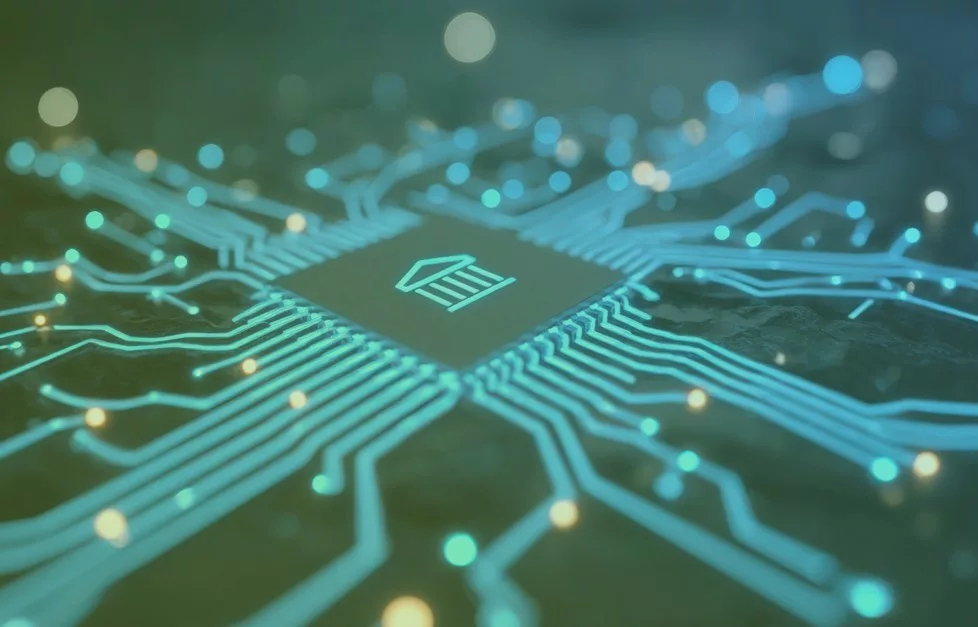A payment method is an instrument or means used to make a payment and purchase goods or services. Traditionally, the most commonly used ways to buy any type of product in Europe and the rest of the world have been: cash, credit and debit cards, transfers, and direct debits. But over the years, with the change in consumer habits and the evolution of financial technologies or fintech, payment methods have evolved towards new alternatives.
Do you want to get learn about them? Do you know how to apply them to your business? Let’s go step by step and talk about their advantages and disadvantages.
Are you in?
Advantages and disadvantages of eCommerce payment methods
Before learning about the most commonly used payment methods in eCommerce, we would like to remind you one thing. Keep in mind that online and mobile payments are changing the rules of the game. And that we owe most of them to fintech companies.
Here they are:
1.Pay by link
They are based on sending and receiving an inexpensive amount in order to pay a service for purchasing a product through a link shared on WhatsApp, Facebook, email or any other platform. It is a straightforward and quick method that simplifies the payment process in any business. All you need to do is click to continue and complete the payment. Take PayPal.me as an example, the service guarantees security for sellers and buyers by not having to display sensitive data. On the contrary, you only need a representative image and an associated name.
- Advantages. It simplifies the payment process, increases security and convenience, is carried out in real-time, is very convenient for everyone, provides a more up-to-date image of the business, crosses borders, multiplies the possibilities of budgets being converted into sales, digitises any business quickly, is intuitive and allows remote payments to be received.
- Disadvantages. Some fees may be involved, and you need to have an internet connection to access the link and make the payment.
2. Virtual Point of Sale Terminal (POS).
This is a system that allows eCommerce to accept payments from users through credit or debit cards. A kind of payment gateway installed as a module in the CMS of the online store that works very similarly to the physical POS. Its main features include operations through platforms with different payment gateways, payment by card when entering data (American Express, Visa, Mastercard…) and security.
- Advantages. Customers can pay for their purchases quickly and easily, it is a very secure process, the activity is online and does not require the installation of any programme, the charge is received instantly, the risk of non-payment is reduced and it allows payments to be accepted with a large number of cards.
- Disadvantages. It is common to pay maintenance costs based on the monthly billing.
3. Credit and debit cards
This is one of the most traditional payment methods where the charge is debited directly from the cardholder’s account. In the case of debit, you are only allowed to charge up to the limit of the account funds, whereas with credit you can pay even if there are no funds and defer the charge until next month. Did you know that the bank card is the most common form of payment worldwide?
- Advantages. Its wide acceptance helps to boost sales for any business, it is a payment method used by customers all over the world and can also be used to make purchases with PayPal.
- Disadvantages. You need to be aware of security laws and regulations that affect card payments, such as PSD2, the SCA (Strong Customer Authentication) regulation, and 3-D Secure. In addition, there may be some fees for the seller due to intermediation (you will need to contract the services of a payment gateway).
4. Cash on delivery
This is a widely used payment method in online sales or catalogues, whereby the cost of the order is paid when the order is delivered to the buyer’s home. However, despite being a face-to-face payment, it doesn’t necessarily have to be made with cash, but can also be paid by mobile POS.
- Advantages. Chargebacks are reduced and security is increased for both the customer and the merchant. The customer is absolutely sure that he will receive the order.
- Disadvantages. It increases the chances that the customer rejects the product or does not have the means to make the payment in person.
5. MOTO
This is a telephone payment processing system without the need for special integrations or additional development. The agent collects the information through a secure IVR or by sending an email.
- Advantages. It is very secure, saves time on payments, does not require integrations or other complex processes and is very easy to use.
- Disadvantages. It is hard to find any disadvantages in such a secure payment system. In any case, the only handicap we could mention is the level of responsibility and accountability that the operator grants to his staff and third parties in case of outsourcing. However, this is not necessarily a negative factor
6. PCI IVR
This is a method that allows payments to be accepted using interactive voice responses. In such a way that the IVR and the phone numbers provided are supported by PCI L1 of the payment data. The user can be redirected or go directly to the automated solution to enter their information.
- Advantages. Personalised voice messages, various languages and voices available, technology, PCI environment for secure calls from phone number and line to the IVR computers.
- Disadvantages. It may take some time getting used to its use at first because it is such an innovative system, but its simplicity and effectiveness are worth it.
7. Mobile payments
Most of the payment methods mentioned in this post can be made from mobile phones, as this is not a payment method as such, but a payment channel. In any case, we find payments via SMS, link, QR code, Bizum, among others.
- Advantages. Almost everyone carries a mobile phone in their pocket, increasing the chances that the user will trust the system. In addition, mobile payments are effortless and fast. In a matter of seconds, you have the money in your bank account.
- Disadvantages. There may be some flaws in security or updates.
Why choose just one payment method when you can have them all integrated in a single payment gateway? What if you receive purchases from customers from different parts of the world with different characteristics and needs? Now, you can achieve an omnichannel experience by integrating all these payment methods into a single gateway. And if you also have a cascading method, you can redirect all pending or failed transactions to another payment option to increase the conversion rate.
It is the most popular solution among online merchants!




